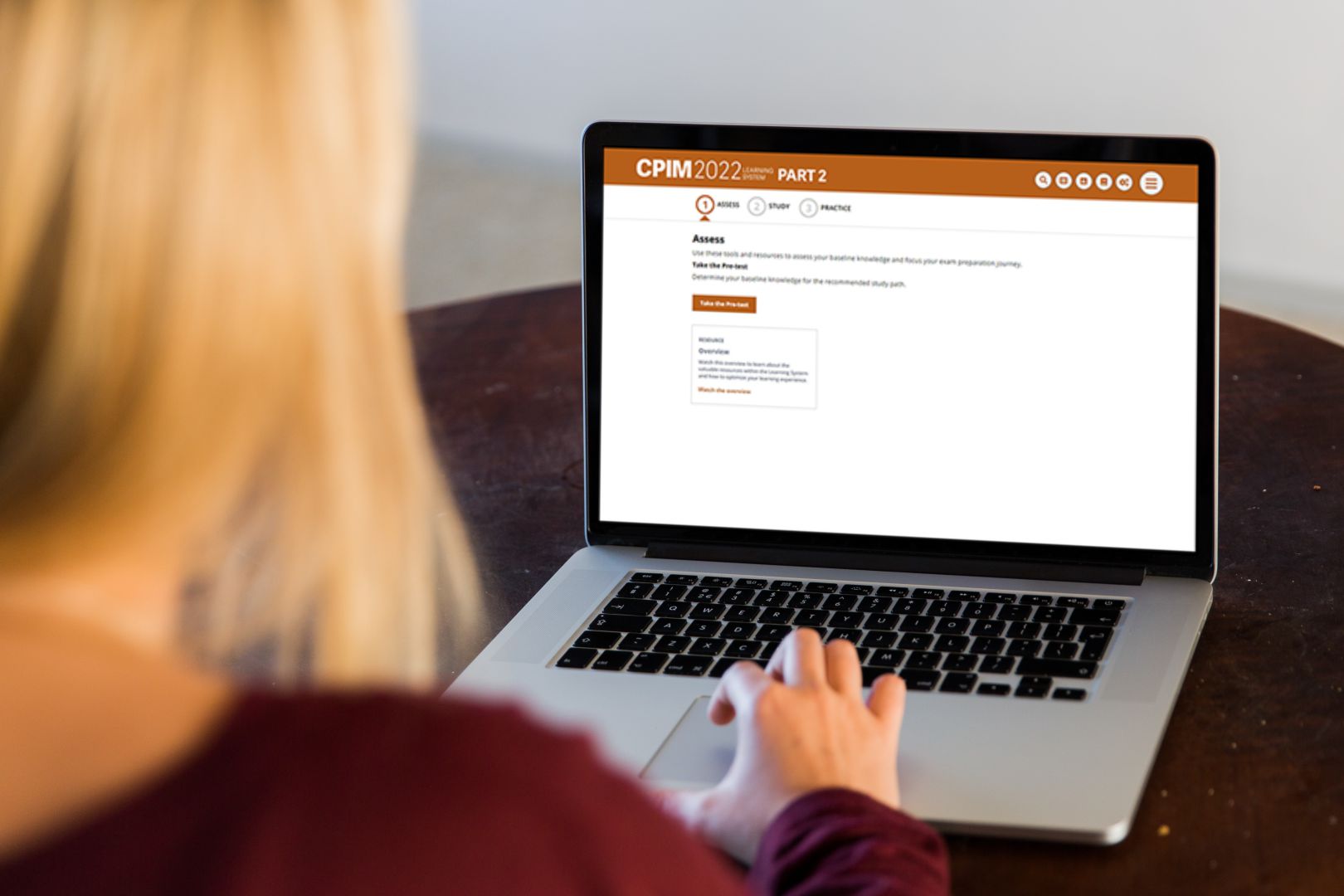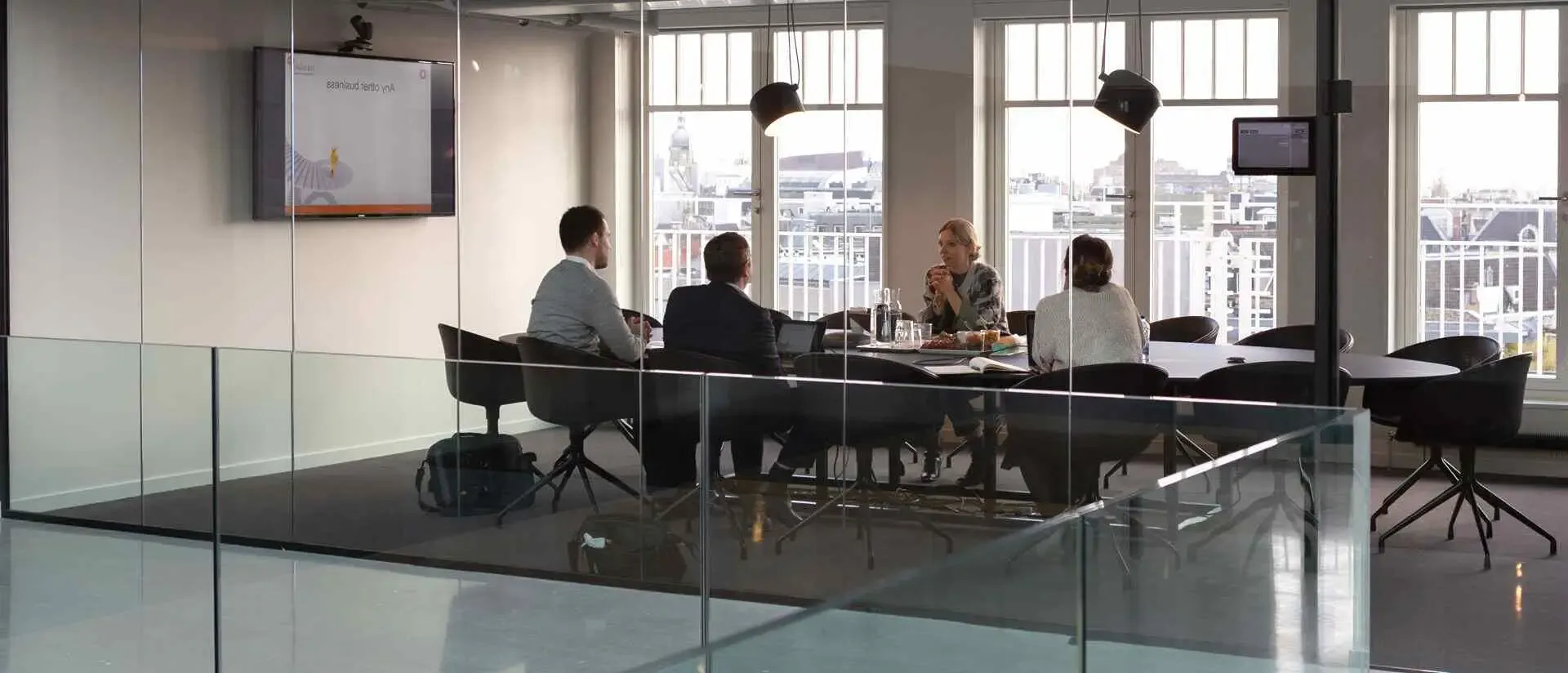Supply Chain Management vs Purchasing: Understanding the Key Differences
Introduction: Why the Difference Matters
Imagine two companies: one delivers products seamlessly, while the other faces constant delays and stockouts. The difference often boils down to how they handle supply chain management (SCM) and purchasing. Though these terms are sometimes confused, they represent distinct functions—and misunderstanding them can lead to inefficiencies, missed opportunities, and career stagnation.
For professionals navigating the world of logistics, clarity between these roles is critical. At Visie Partners, we’ve seen how mastering both areas unlocks career growth and operational excellence. Whether you’re pursuing an APICS certification or exploring Demand Driven methodologies, let’s break down the nuances that set SCM and purchasing apart.
Defining the Terms
What is Purchasing?
Purchasing is the tactical process of acquiring goods and services for daily operations. It’s the engine that ensures materials arrive on time, within budget, and meet quality standards. Think of it as the hands-on side of procurement:
Key activities:
- Identifying organizational needs.
- Negotiating contracts and managing supplier relationships.
- Mitigating risks like price fluctuations or delivery delays.
For example, a purchasing manager might secure a discount on raw steel from a trusted supplier.
What is Supply Chain Management?
Supply Chain Management (SCM) is the strategic orchestration of all activities that transform raw materials into finished products and deliver them to customers. It’s a big-picture discipline that integrates purchasing, production, logistics, and distribution:
Key focuses:
- Optimizing inventory levels and production schedules.
- Managing transportation, warehousing, and sustainability.
- Balancing cost efficiency with customer satisfaction.
An SCM professional, for instance, might redesign a logistics network to reduce carbon emissions while maintaining delivery speed.
Key Differences at a Glance
| Aspect | Purchasing | Supply Chain Management |
|---|---|---|
| Scope | Tactical (short-term acquisitions) | Strategic (end-to-end lifecycle) |
| Focus | Cost savings, supplier performance | Efficiency, risk mitigation, sustainability |
| Tools | Contract management, RFPs | ERP systems, demand forecasting software |
| Outcome | Securing materials at optimal terms | Seamless flow from supplier to customer |
Practical Example:
Purchasing negotiates a bulk discount on electronics components, while SCM ensures those parts are allocated efficiently across global factories and delivered to retailers without delays.
How Purchasing Fits into Supply Chain Management
Purchasing is a critical subset of SCM—like the gears in a well-oiled machine. Picture building a car: purchasing secures the steel and tires, while SCM ensures those parts arrive just in time for assembly and reach dealerships worldwide.
Synergy in Action:
- Collaborative Forecasting: Purchasing teams use SCM’s demand forecasts to plan orders.
- Supplier Integration: SCM systems track supplier data to refine procurement strategies.
- Risk Management: Purchasing addresses supplier risks (e.g., shortages), while SCM tackles logistical disruptions like port strikes.
Case Study:
A Visie Partners client in manufacturing reduced costs by 18% after aligning purchasing decisions with SCM-driven production schedules.


Why Professionals Need Expertise in Both Areas
In today’s interconnected supply chains, siloed knowledge isn’t just a limitation—it’s a career risk. The lines between purchasing and supply chain management are blurring, and professionals who understand both domains are the ones driving innovation, reducing costs, and earning promotions. Here’s why dual expertise matters:
The Power of Dual Expertise
Purchasing and SCM are two sides of the same coin. For instance:
- A purchasing specialist who understands SCM can negotiate contracts that align with production schedules, avoiding overstocking or bottlenecks.
- An SCM manager with procurement knowledge can design logistics networks that account for supplier lead times, ensuring materials arrive before they’re needed.
Certifications as Career Catalysts
This is where globally recognized credentials like APICS CPIM and CSCP come into play:
-
APICS CPIM: This certification isn’t just about inventory management—it’s about bridging purchasing tactics with strategic planning. For example, CPIM-trained professionals learn to balance supplier lead times with production demands, ensuring materials arrive just in time without inflating storage costs.
-
APICS CSCP: CSCP goes beyond procurement to teach end-to-end optimization. Graduates gain skills to design resilient supply chains that mitigate risks like supplier disruptions or demand spikes—skills that are critical in today’s volatile markets.

The Cost of Poor Integration
When purchasing and SCM operate in silos, the consequences ripple across organizations. Here’s what happens:
Stockouts or Overstocking: The Domino Effect
- Scenario: A purchasing team secures a bulk discount on raw materials but fails to align with SCM’s production schedule.
- Result: Materials arrive too early, clogging warehouses (increasing holding costs), or too late, halting production and delaying customer orders.
- Visie Partners’ Solution: Our Demand Driven Planner (DDP) program teaches teams to synchronize procurement with actual demand signals, reducing waste and improving agility.
Higher Costs: Hidden Expenses Add Up
- Scenario: Without SCM insights, purchasing might prioritize upfront cost savings (e.g., choosing a cheaper overseas supplier) but overlook logistics fees, customs delays, or quality issues.
- Result: “Savings” evaporate due to rushed air freight, lost sales, or reputational damage from defective products.
- Visie Partners’ Insight: Our courses emphasize total cost of ownership—a concept taught in APICS CSCP—to evaluate suppliers holistically.
Missed Opportunities for Innovation
- Example: A purchasing team negotiates a contract with a supplier offering eco-friendly packaging. Without SCM collaboration, however, the logistics team lacks capacity to handle the new material’s storage requirements.
- Outcome: Sustainability initiatives stall, and the company misses a chance to appeal to environmentally conscious consumers.
Key Takeaway
Understanding the interplay between purchasing and SCM isn’t just theoretical—it’s a competitive advantage. Professionals who master both areas:
- Solve problems proactively (e.g., anticipate shortages before they occur).
- Speak the language of executives by tying procurement decisions to broader business goals.
- Become irreplaceable in an era where supply chain disruptions dominate headlines.
Ready to Transform Your Career?
Explore how Visie Partners’ APICS certifications and Demand Driven training equip you with the tools to thrive in both purchasing and SCM roles.
